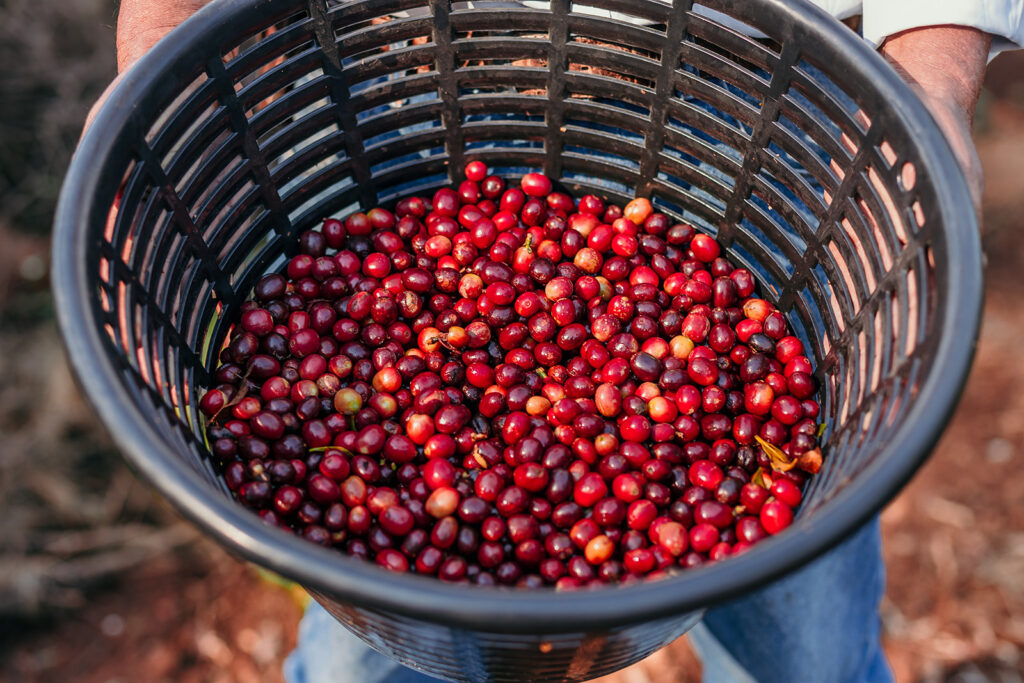A few weeks ago I wrote about how one of my first coffee loves was a coffee from Guatemala, which was a lovely nostalgic thing to write about. We have two new coffees from Guatemala in the roastery at the moment, so it seemed logical to follow the theme of coffees from this land of coffee magic.
There has been a certain niche of person characterised by beards, tattoos and the aura of exclusive coolness to which the domain of coffee knowledge belongs to. In our team of five I think we manage two beards and a few tatts between us, but it’s never been about being cool.
Some people enjoy the idea of specialty coffee being an exclusive club to belong to, full of words and knowledge and insights that other people don’t know, I guess it’s that feeling of shared experience and belonging to that clique.
For us this has never been a motivation, it’s much more about wanting to share the specialness of specialty coffee, to invite people in and make all these wonderful coffees and stories known to as many people as we can, in an open and non judgmental way.
I fell in love with stories and flavours and how we as roasters can be so closely connected to a product from thousands of miles away, responsible for a part of the journey, but one that then needs more people to complete it…that’s your bit! It’s you, because you complete the coffee’s journey, and it’s allll about flavour. What is it you enjoy about a coffee and why is that flavour there? This quest delivers such a sense of connection, of authenticity and something real and tangible. You open your bag of beans, inhale the sweet aroma, grind to release even more aromatics, then go through your own little ritual to brew something delicious and stimulating.
One of the fundamental elements that affects the coffee’s flavour is the way that it’s processed; what happens to the coffee cherries as soon as they are picked?
Washed coffees have their cherry flesh removed and the seeds are washed and dried, natural process coffee cherries are left whole to dry naturally and then milled to remove the dried husks. Generations of skill and science and knowledge are then applied to how these processes are carried out, and we’ll write in more detail about these in the next few weeks.
We have two coffees from the same mill in Santa Rosa, in the south of Guatemala near the border with El Salvador. It’s a mill run by Olam Guatemala, the local arm of Olam, a trusted importer we respect a lot, mostly because we know some good people who work for them.

Coffee cherries ready for processing, washed or natural.
We have bought both the natural and washed coffees, as it’s really interesting to have coffees from the same mill processed in different ways to see how this effects the flavour. It’s exactly the sort of thing that can bring into relief the work that is done at origin by dedicated producers and make sense of an element of coffee production that can seem impenetrable until you understand it, and with anything in speciality coffee, you start to understand it by tasting it.
It’s magical bean juice from the shores of a lake formed in a crater made by the collapsing of two giant volcanoes, the bottom of which has never been found. There is a large white rock which legend tells is the petrified form of a woman who didn’t listen to the words of Jesus, which seems a little harsh, but is one of the many stories from this mysterious lake.
Its flavour and legends and beautiful places and inspiring people doing hard work and being brilliant and it’s all the things we love about specialty coffee!


